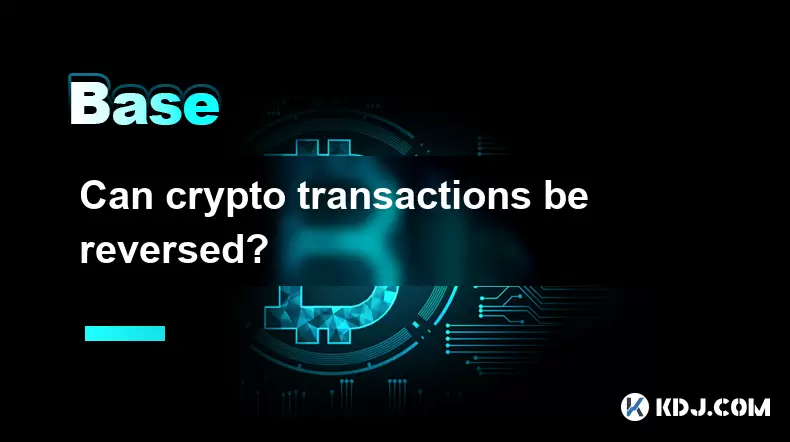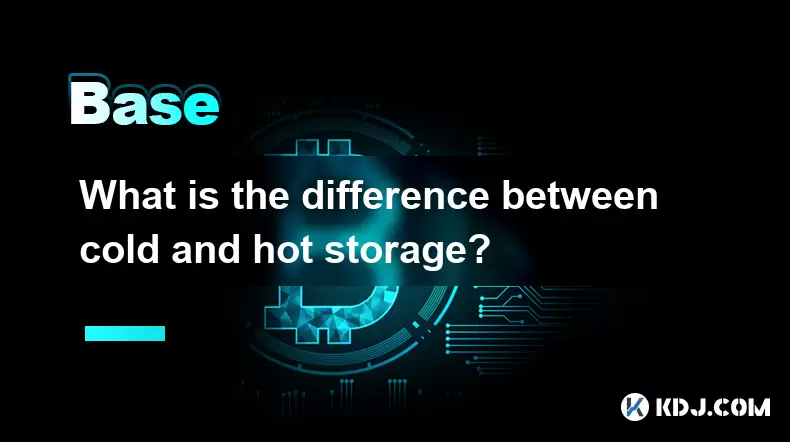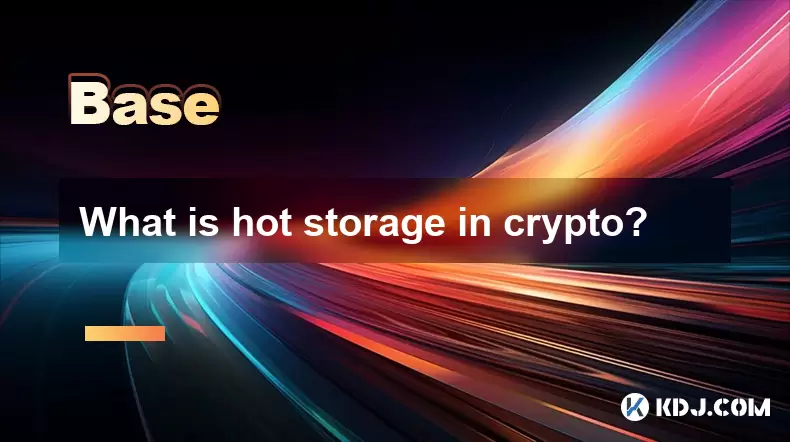-
 Bitcoin
Bitcoin $119100
-0.58% -
 Ethereum
Ethereum $4278
-0.66% -
 XRP
XRP $3.164
-1.81% -
 Tether USDt
Tether USDt $1.000
0.01% -
 BNB
BNB $811.7
0.11% -
 Solana
Solana $176.3
-3.92% -
 USDC
USDC $0.9999
0.01% -
 Dogecoin
Dogecoin $0.2255
-4.43% -
 TRON
TRON $0.3480
2.60% -
 Cardano
Cardano $0.7828
-3.40% -
 Hyperliquid
Hyperliquid $43.59
-4.94% -
 Chainlink
Chainlink $21.34
-3.88% -
 Stellar
Stellar $0.4443
-0.97% -
 Sui
Sui $3.697
-5.60% -
 Bitcoin Cash
Bitcoin Cash $596.5
4.16% -
 Hedera
Hedera $0.2498
-5.10% -
 Ethena USDe
Ethena USDe $1.001
-0.03% -
 Avalanche
Avalanche $23.11
-4.00% -
 Litecoin
Litecoin $121.1
-1.75% -
 Toncoin
Toncoin $3.397
0.42% -
 UNUS SED LEO
UNUS SED LEO $9.002
-1.29% -
 Shiba Inu
Shiba Inu $0.00001307
-4.57% -
 Uniswap
Uniswap $11.20
0.30% -
 Polkadot
Polkadot $3.901
-4.75% -
 Cronos
Cronos $0.1698
3.07% -
 Ethena
Ethena $0.8122
-3.72% -
 Dai
Dai $1.000
0.03% -
 Bitget Token
Bitget Token $4.416
-1.13% -
 Monero
Monero $263.9
-0.82% -
 Pepe
Pepe $0.00001130
-7.37%
What is obfuscation technology?
Cryptocurrency obfuscation techniques, like mixing services and zero-knowledge proofs, enhance transaction privacy but aren't foolproof, presenting a complex balance of security, speed, cost, and legal implications.
Mar 12, 2025 at 05:01 pm

Key Points:
- Obfuscation technology in the cryptocurrency space aims to enhance privacy and security by making transactions harder to trace.
- Several techniques are used, including mixing services, zero-knowledge proofs, and ring signatures.
- Each method presents unique advantages and disadvantages regarding privacy levels, transaction speed, and cost.
- Understanding the strengths and weaknesses of different obfuscation methods is crucial for users seeking enhanced privacy in cryptocurrency transactions.
- Regulatory scrutiny and potential legal ramifications are significant considerations when using obfuscation technologies.
What is Obfuscation Technology?
Obfuscation technology, in the context of cryptocurrencies, refers to a range of techniques designed to obscure the origin, destination, and details of transactions on a blockchain. This is achieved by making it significantly more difficult to link specific addresses or entities to their transactions. The primary goal is to enhance the privacy and anonymity of users engaging in cryptocurrency transactions. However, it’s important to note that complete anonymity is generally unattainable.
Techniques Used for Obfuscation:
Several methods contribute to transaction obfuscation. These techniques often work in conjunction with each other to achieve a higher level of privacy. Let's explore some of the most prevalent methods.
- Mixing Services (Mixers): These services pool together multiple cryptocurrency transactions, making it challenging to trace the origin and destination of individual funds. They essentially shuffle coins between numerous users, obscuring the connection between the initial sender and the final recipient. However, the security and trustworthiness of mixing services vary widely, and some have been associated with illicit activities.
- Zero-Knowledge Proofs (ZKPs): ZKPs allow users to prove the validity of a transaction without revealing any underlying data. For instance, a user could prove they possess sufficient funds without disclosing the exact balance of their wallet. This technology is highly sophisticated and offers strong privacy guarantees, but it can be computationally expensive.
- Ring Signatures: These cryptographic signatures involve multiple participants, making it impossible to identify the actual signer. The transaction appears to come from a group of individuals, making it difficult to pinpoint the source. This technique offers a good balance between privacy and efficiency, but it's not foolproof against sophisticated analysis.
- CoinJoin: This is a specific type of mixing protocol where multiple users combine their transactions into a single, larger transaction. This makes it significantly harder to trace individual coins, as they become indistinguishable within the larger transaction pool. However, the success of CoinJoin relies on the participation of multiple users.
Advantages and Disadvantages of Obfuscation Techniques:
Each obfuscation technique has its own set of advantages and disadvantages. Understanding these nuances is critical for informed decision-making.
- Enhanced Privacy: This is the primary advantage. Obfuscation techniques offer a much-needed layer of privacy in a largely transparent environment like the blockchain.
- Improved Security: By making transactions harder to trace, obfuscation technologies can deter malicious actors and reduce the risk of targeted attacks.
- Increased Complexity: The implementation and use of these techniques can be complex and require a certain level of technical expertise.
- Scalability Issues: Some obfuscation methods, particularly those involving complex cryptographic protocols, can impact transaction speed and network scalability.
- Cost Considerations: Using mixing services or employing complex cryptographic techniques often incurs additional fees.
- Regulatory Concerns: The use of obfuscation technologies is subject to evolving regulatory landscapes. Authorities in various jurisdictions are increasingly scrutinizing privacy-enhancing technologies, potentially leading to legal challenges.
Specific Examples of Obfuscation in Cryptocurrencies:
Several cryptocurrencies and projects actively incorporate obfuscation technologies. Monero, for example, is designed with privacy in mind from its inception, employing ring signatures and other techniques to enhance transaction anonymity. Other projects are exploring the integration of zero-knowledge proofs to achieve similar results.
The implementation and effectiveness of these techniques vary across different cryptocurrencies. The level of privacy offered depends on the specific methods used, their implementation quality, and the overall architecture of the blockchain.
Legal and Ethical Considerations:
The use of obfuscation technologies is a subject of ongoing debate and scrutiny. While these technologies can protect legitimate users' privacy, they can also be misused for illicit activities such as money laundering and tax evasion. Therefore, understanding the legal and ethical implications of using such technologies is crucial. Regulations surrounding privacy-enhancing technologies are still evolving, and users should be aware of the potential legal ramifications in their respective jurisdictions.
Common Questions and Answers:
Q: Is obfuscation technology completely anonymous?
A: No, while obfuscation makes tracing transactions more difficult, it does not guarantee complete anonymity. Sophisticated analysis techniques might still be able to uncover some information about the transactions.
Q: Is using obfuscation technology illegal?
A: The legality of using obfuscation technology varies significantly depending on jurisdiction and the specific use case. It is crucial to understand the relevant laws and regulations in your location.
Q: What are the risks associated with using obfuscation services?
A: Risks include choosing untrustworthy services that might steal funds, encountering technical difficulties, and facing legal repercussions depending on the jurisdiction and use case.
Q: How does obfuscation compare to other privacy-enhancing techniques in cryptocurrencies?
A: Obfuscation technologies are distinct from other approaches like using privacy coins or employing VPNs. They offer a different layer of protection, often working in conjunction with other methods to achieve a higher level of privacy.
Q: What is the future of obfuscation technology in the cryptocurrency space?
A: The future likely involves further development of more sophisticated and efficient obfuscation techniques, potentially incorporating advancements in areas like homomorphic encryption and post-quantum cryptography. However, this development will also likely be accompanied by increasing regulatory scrutiny.
Disclaimer:info@kdj.com
The information provided is not trading advice. kdj.com does not assume any responsibility for any investments made based on the information provided in this article. Cryptocurrencies are highly volatile and it is highly recommended that you invest with caution after thorough research!
If you believe that the content used on this website infringes your copyright, please contact us immediately (info@kdj.com) and we will delete it promptly.
- Ethereum Layer-2 Scaling Competition Heats Up as ETH Breaks $4K
- 2025-08-12 10:30:12
- Meme Coins, Investment, and Token Burns: What's Hot in 2025?
- 2025-08-12 10:30:12
- BlockDAG, Chainlink, Hedera: The Cryptos Enterprises are Eyeing
- 2025-08-12 09:30:12
- Dogecoin's Wild Ride: Big Holders, Price Push, and What's Next for the Meme Coin
- 2025-08-12 08:30:12
- Coin Master Board Adventure: Free Energy and the Thrill of the Board
- 2025-08-12 08:50:12
- Bitcoin to $133,000? Here's What the Experts Are Saying
- 2025-08-12 08:30:12
Related knowledge

Can crypto transactions be reversed?
Aug 10,2025 at 01:35am
Understanding the Immutability of Blockchain TransactionsCryptocurrency transactions are built on blockchain technology, which is designed to be immut...

What happens if I forget my crypto wallet password?
Aug 09,2025 at 08:50am
Understanding the Role of a Crypto Wallet PasswordA crypto wallet password serves as a critical security layer that protects access to your digital as...

What is the difference between cold and hot storage?
Aug 12,2025 at 01:01am
Understanding Cold Storage in CryptocurrencyCold storage refers to offline methods of storing cryptocurrency private keys, ensuring they are not expos...

What is hot storage in crypto?
Aug 11,2025 at 07:08am
Understanding Hot Storage in CryptocurrencyHot storage refers to cryptocurrency wallets that are connected to the internet. Unlike cold storage soluti...

What is the best crypto portfolio tracker?
Aug 10,2025 at 05:08am
Understanding the Role of a Crypto Portfolio TrackerA crypto portfolio tracker is a digital tool designed to help investors monitor the performance of...

Why is my crypto transaction taking so long?
Aug 11,2025 at 11:35am
Understanding Blockchain Network CongestionWhen a crypto transaction is delayed, one of the most common causes is network congestion on the blockchain...

Can crypto transactions be reversed?
Aug 10,2025 at 01:35am
Understanding the Immutability of Blockchain TransactionsCryptocurrency transactions are built on blockchain technology, which is designed to be immut...

What happens if I forget my crypto wallet password?
Aug 09,2025 at 08:50am
Understanding the Role of a Crypto Wallet PasswordA crypto wallet password serves as a critical security layer that protects access to your digital as...

What is the difference between cold and hot storage?
Aug 12,2025 at 01:01am
Understanding Cold Storage in CryptocurrencyCold storage refers to offline methods of storing cryptocurrency private keys, ensuring they are not expos...

What is hot storage in crypto?
Aug 11,2025 at 07:08am
Understanding Hot Storage in CryptocurrencyHot storage refers to cryptocurrency wallets that are connected to the internet. Unlike cold storage soluti...

What is the best crypto portfolio tracker?
Aug 10,2025 at 05:08am
Understanding the Role of a Crypto Portfolio TrackerA crypto portfolio tracker is a digital tool designed to help investors monitor the performance of...

Why is my crypto transaction taking so long?
Aug 11,2025 at 11:35am
Understanding Blockchain Network CongestionWhen a crypto transaction is delayed, one of the most common causes is network congestion on the blockchain...
See all articles

























































































